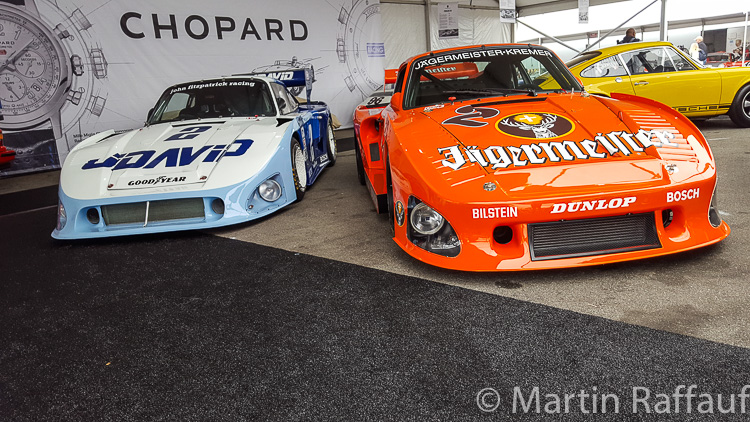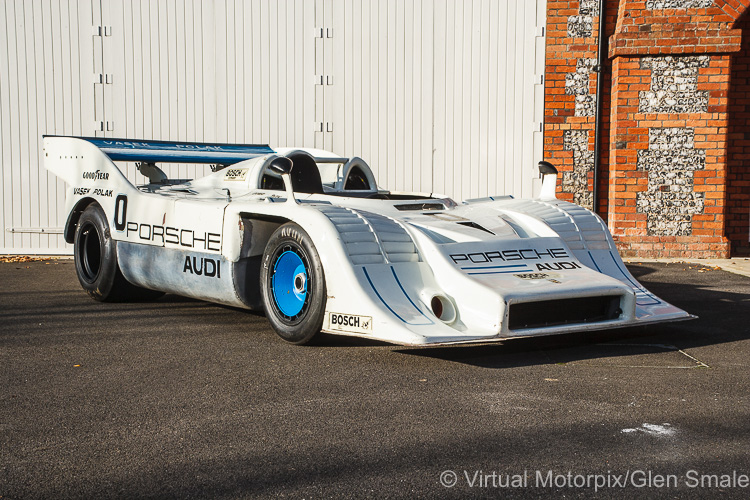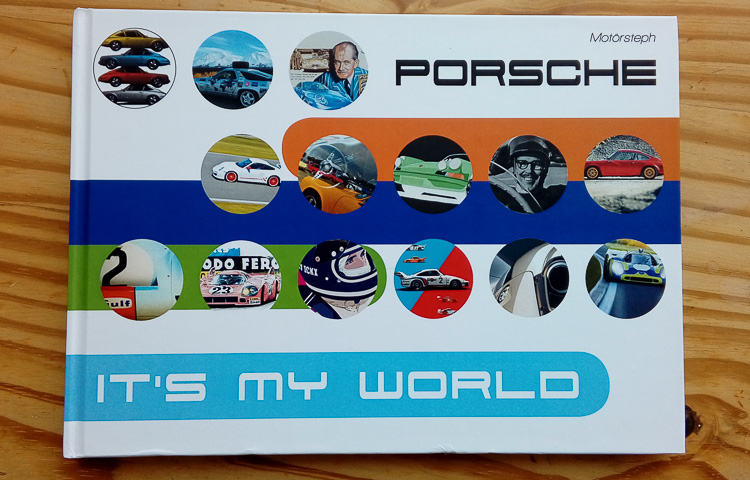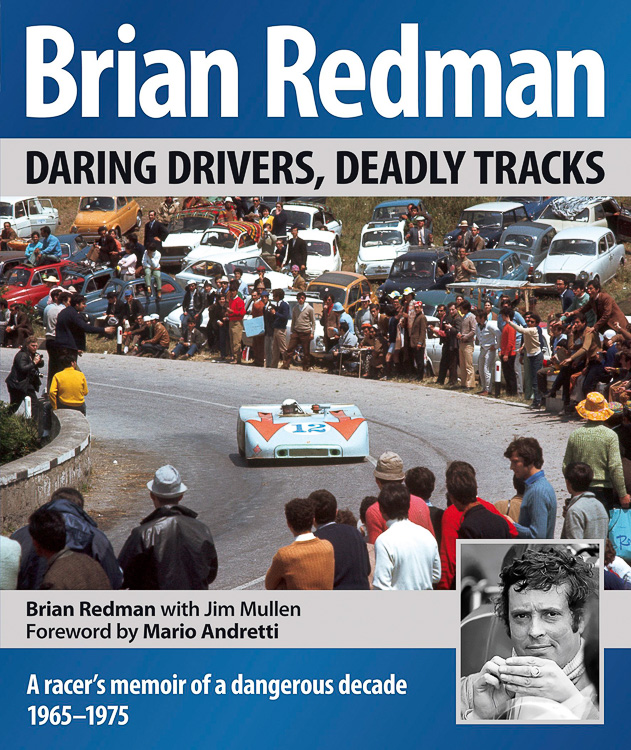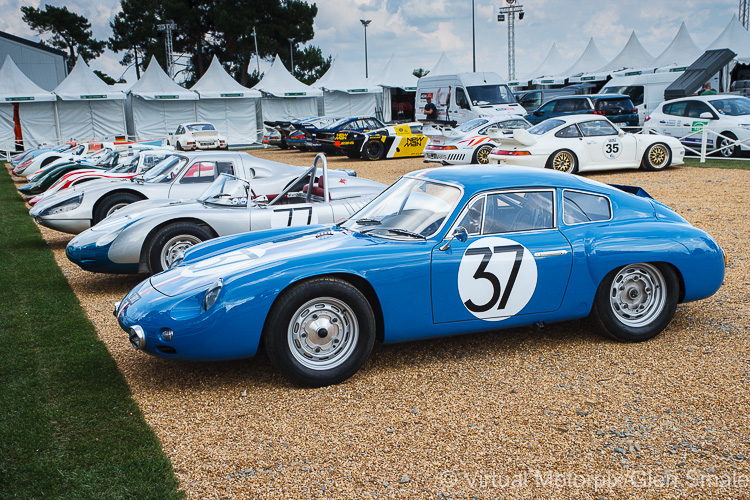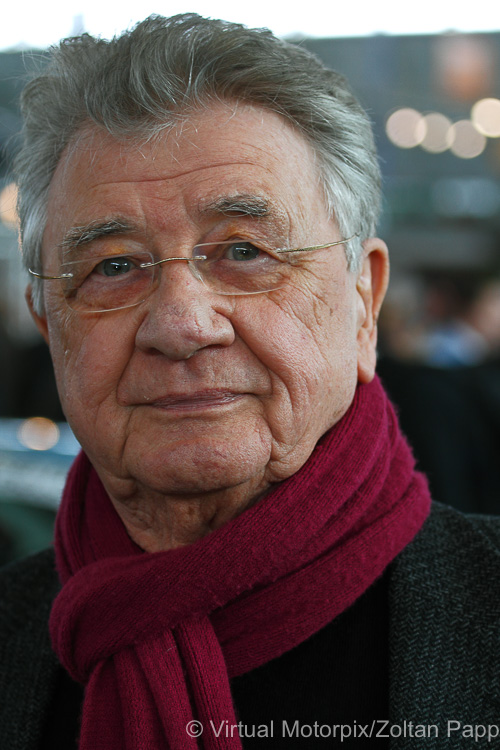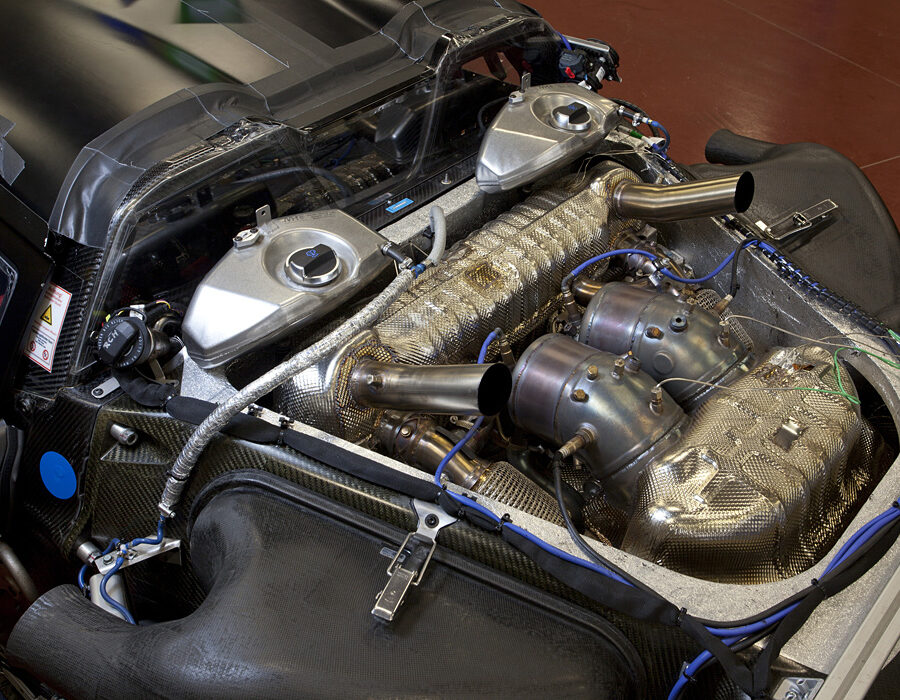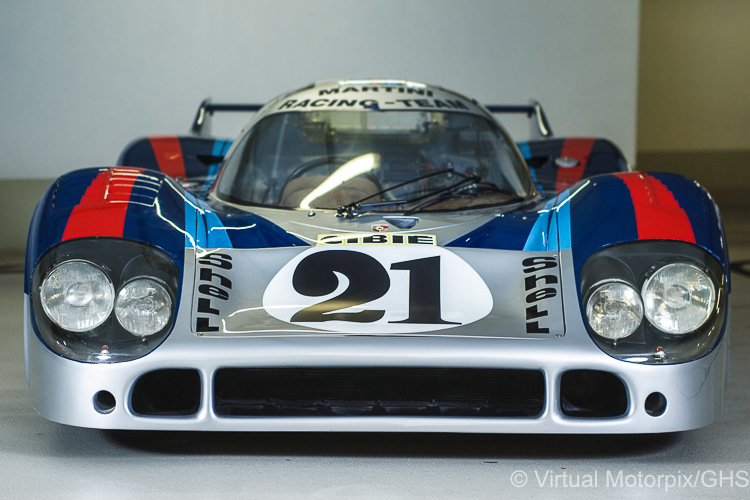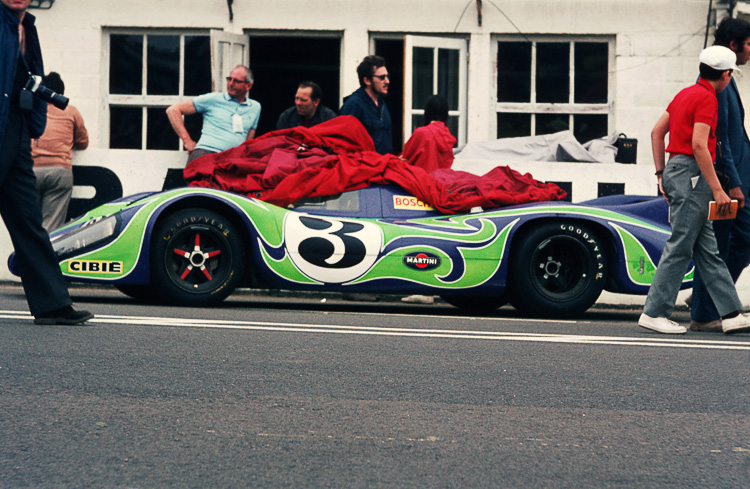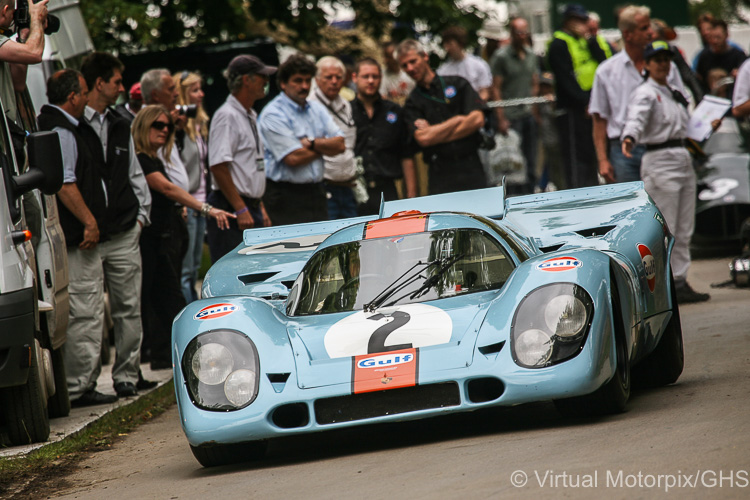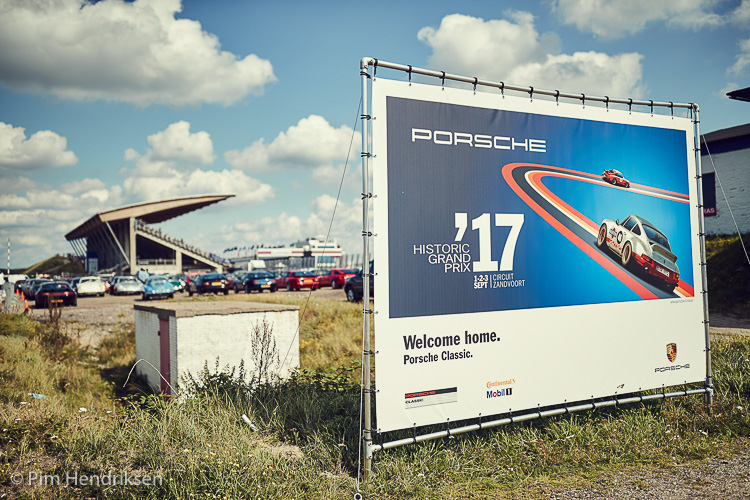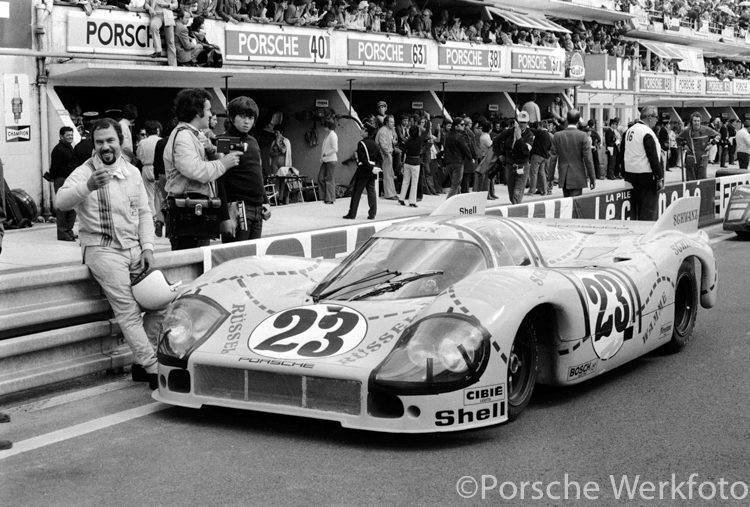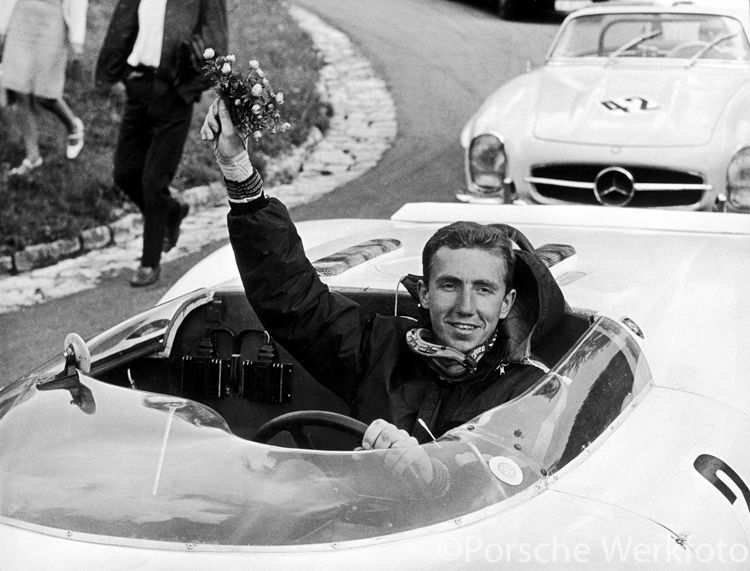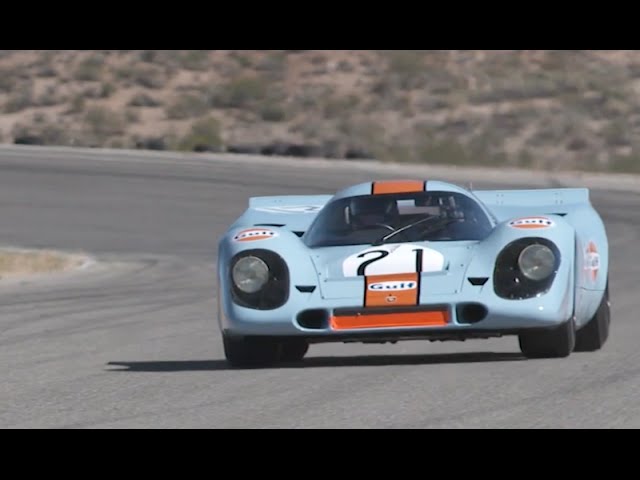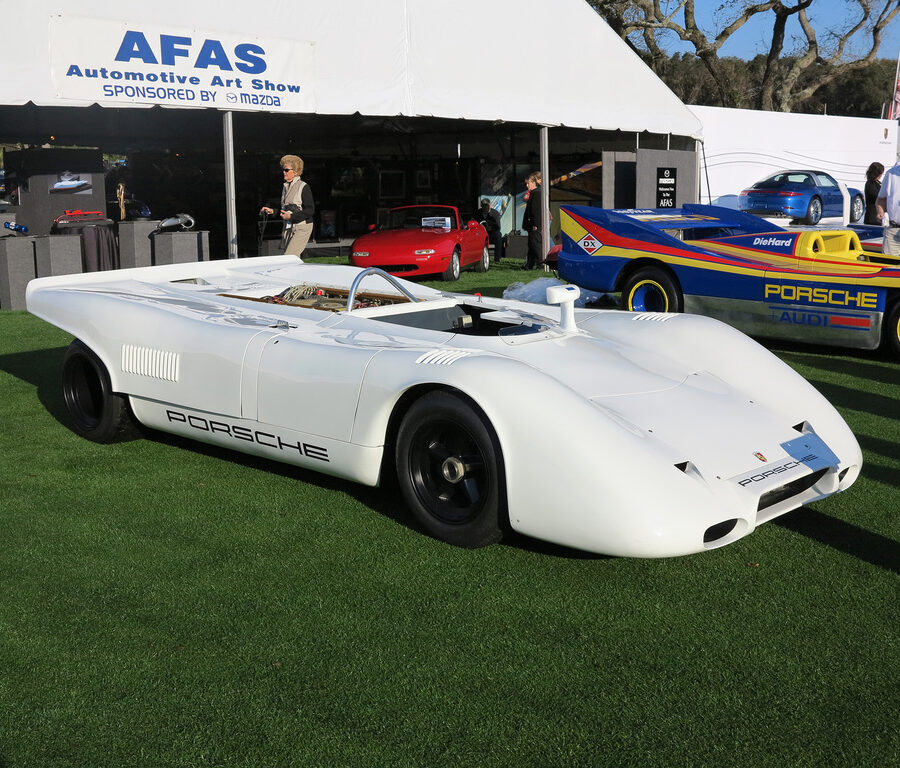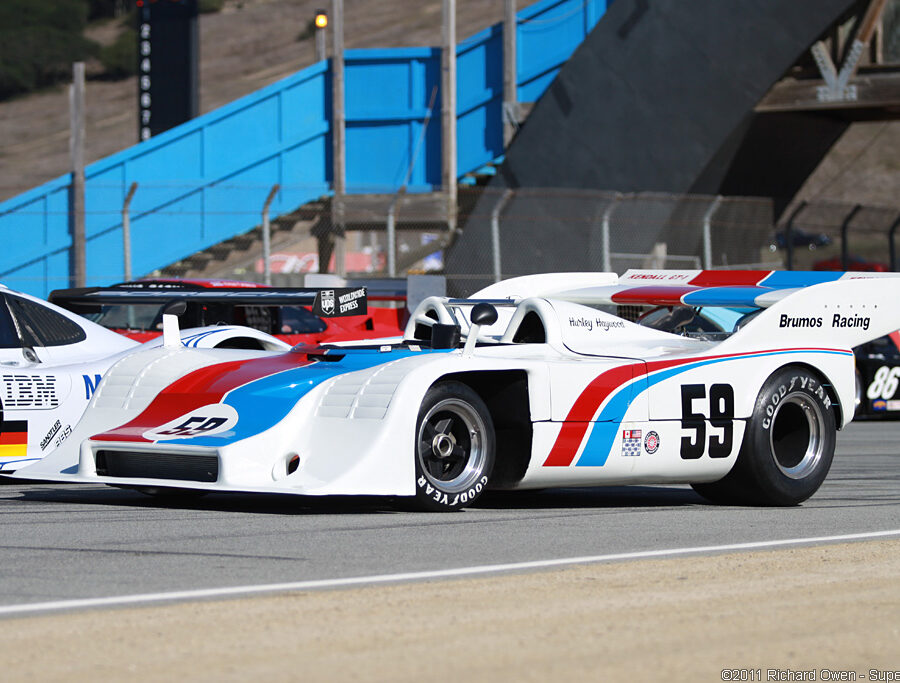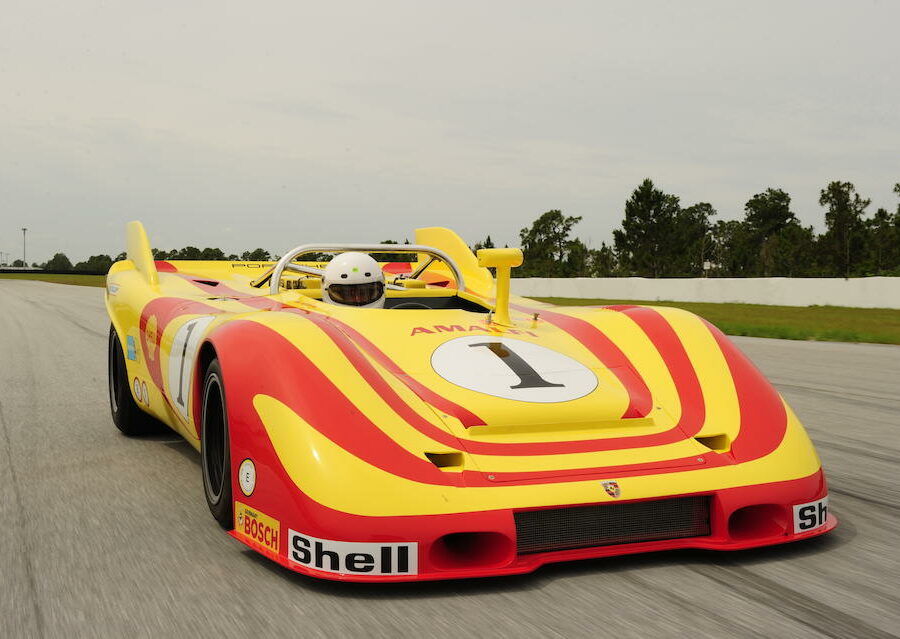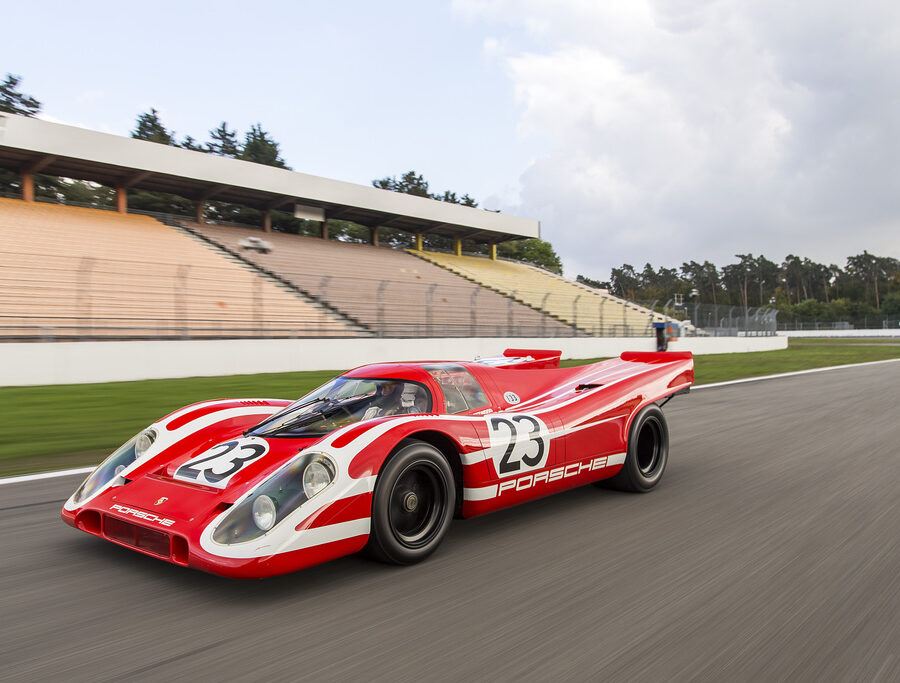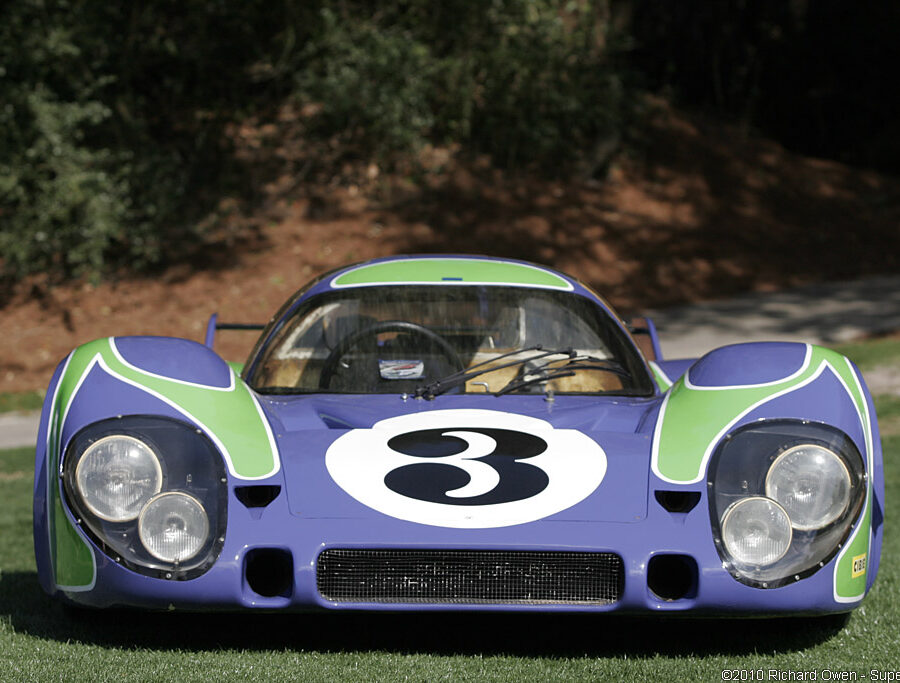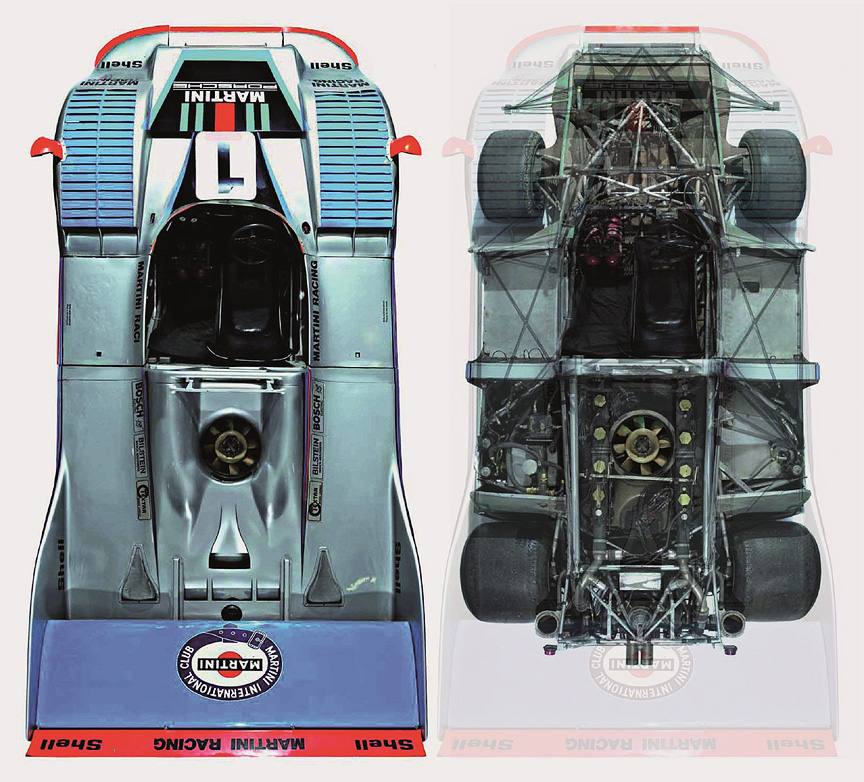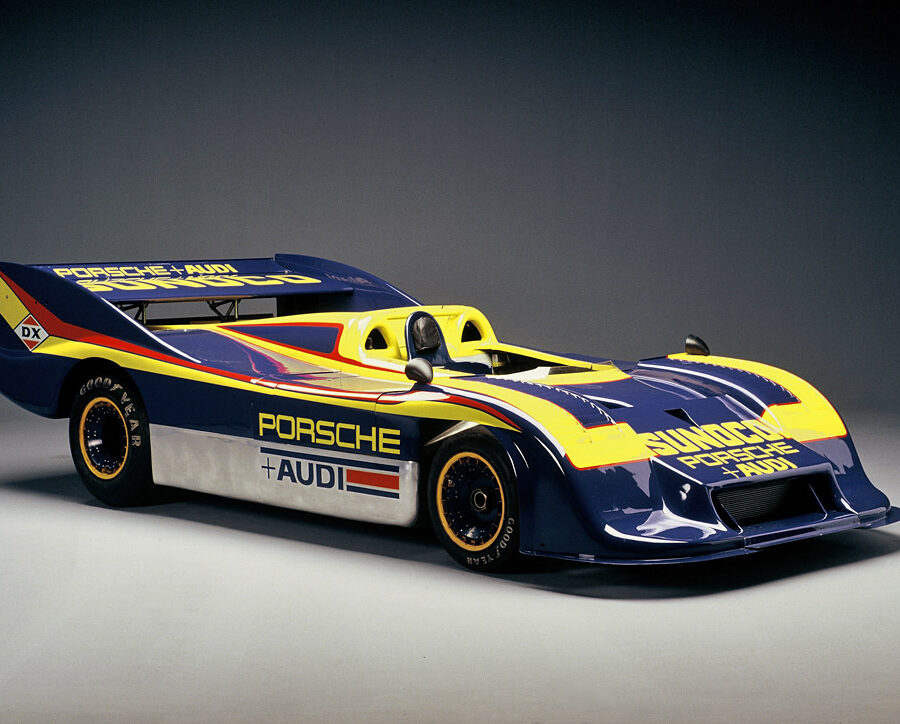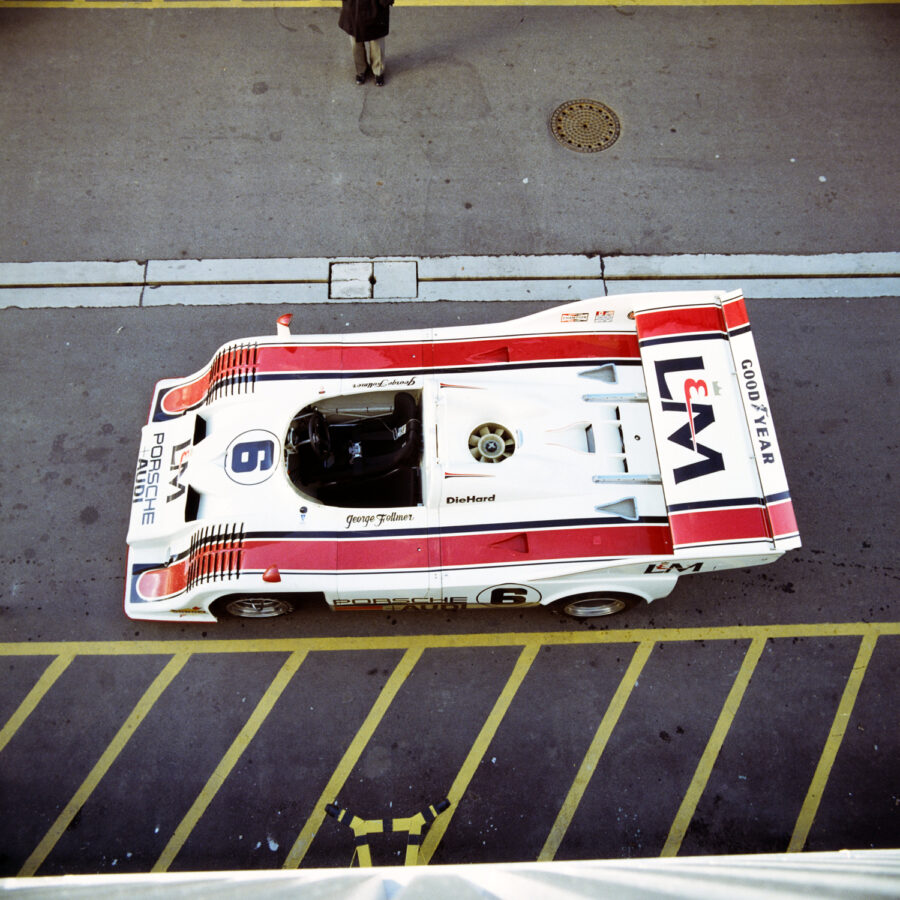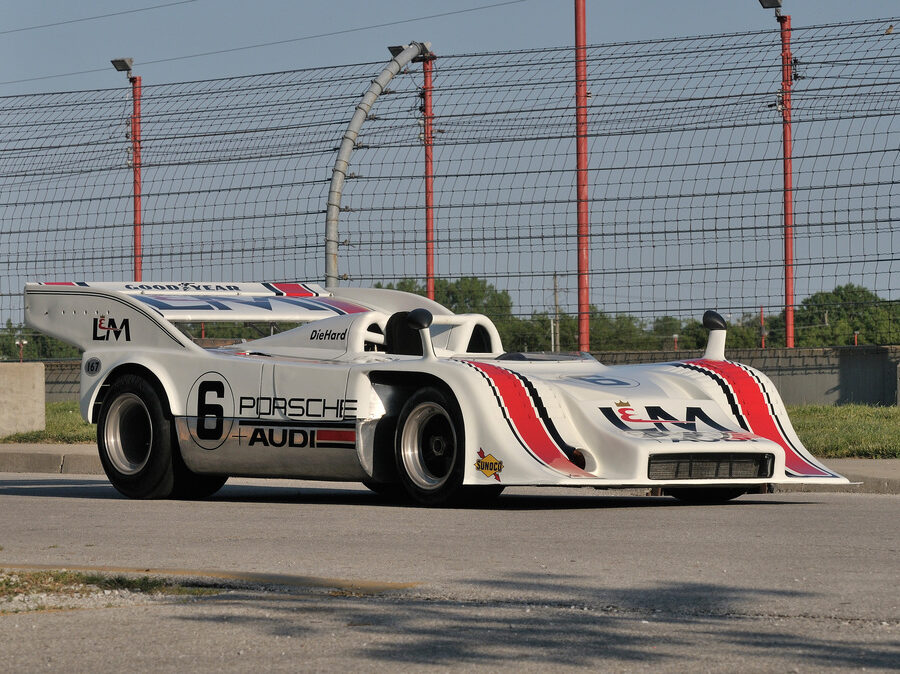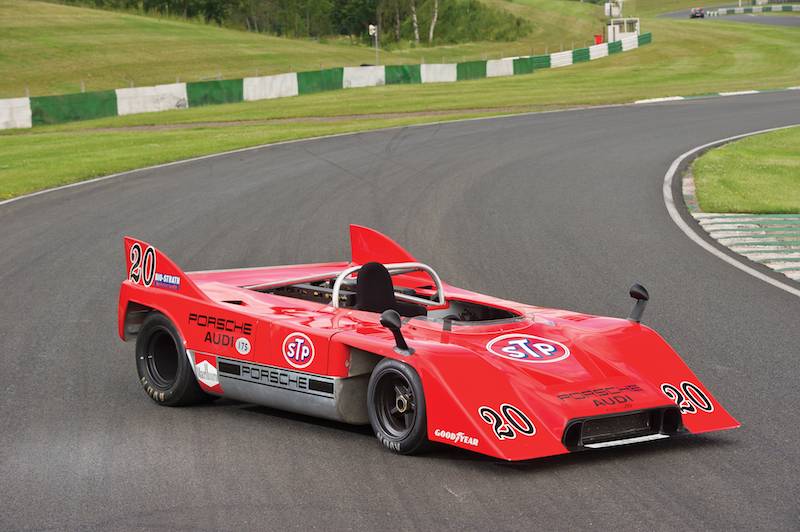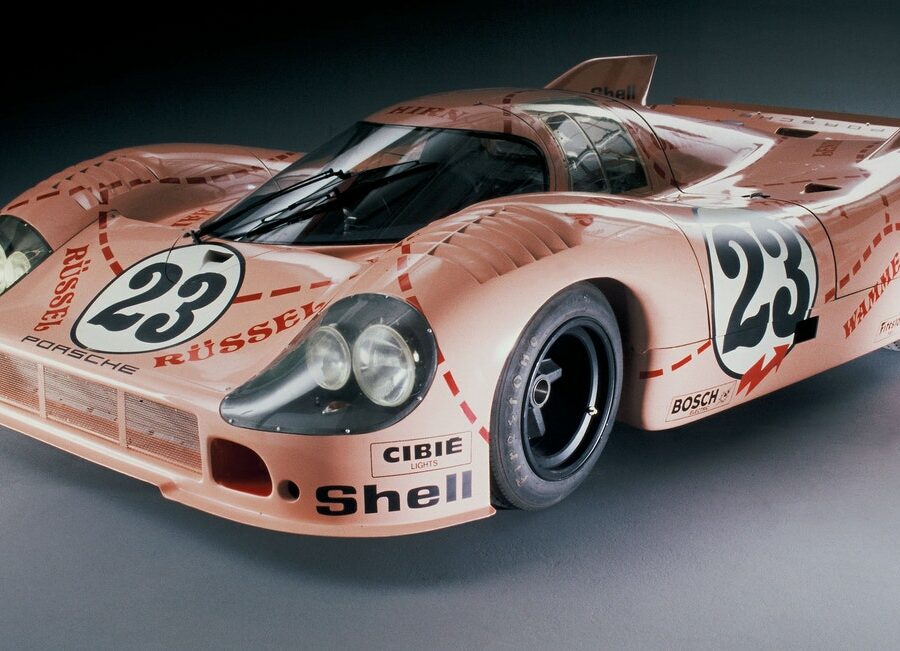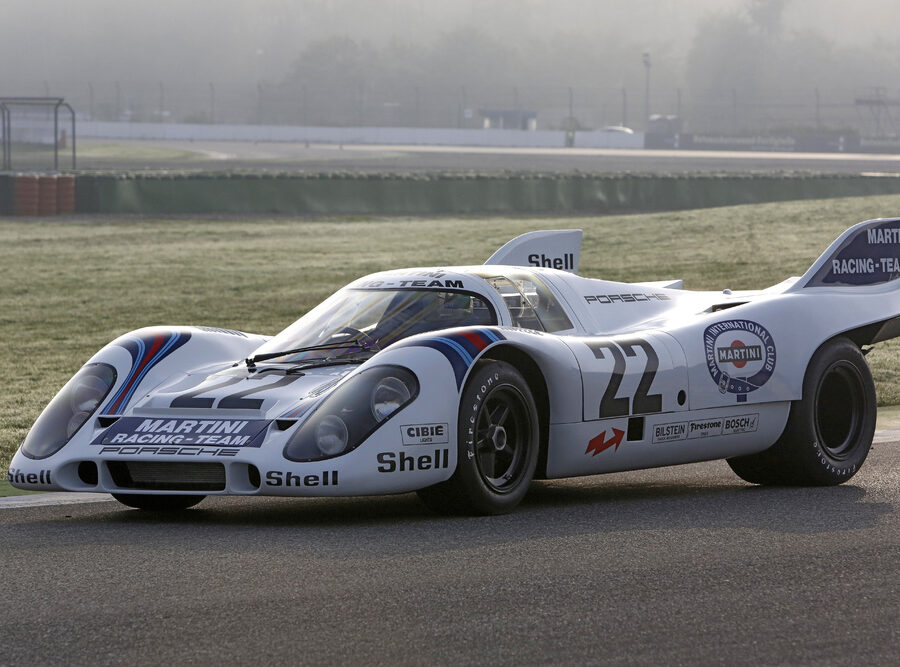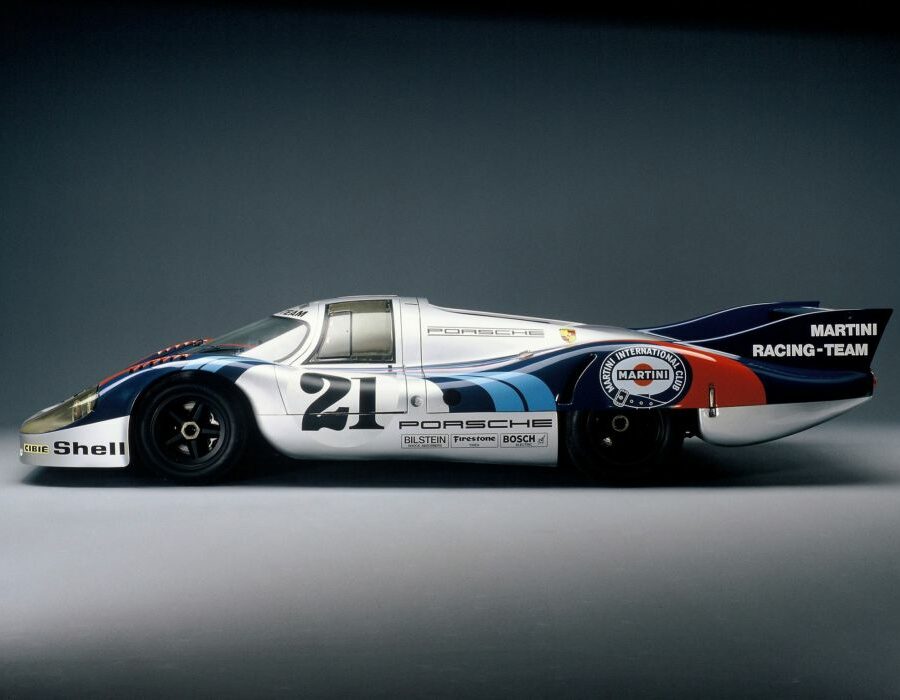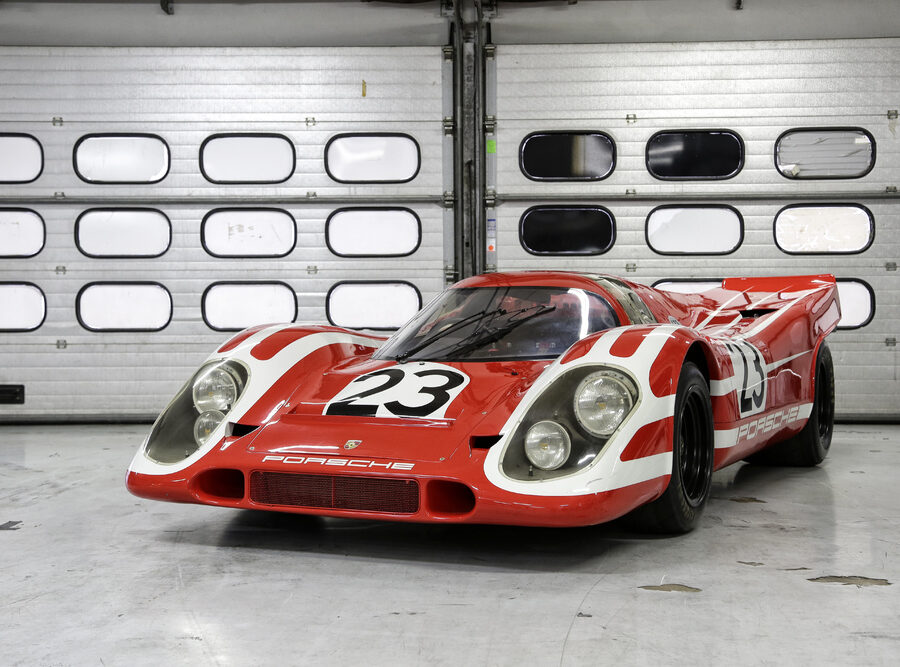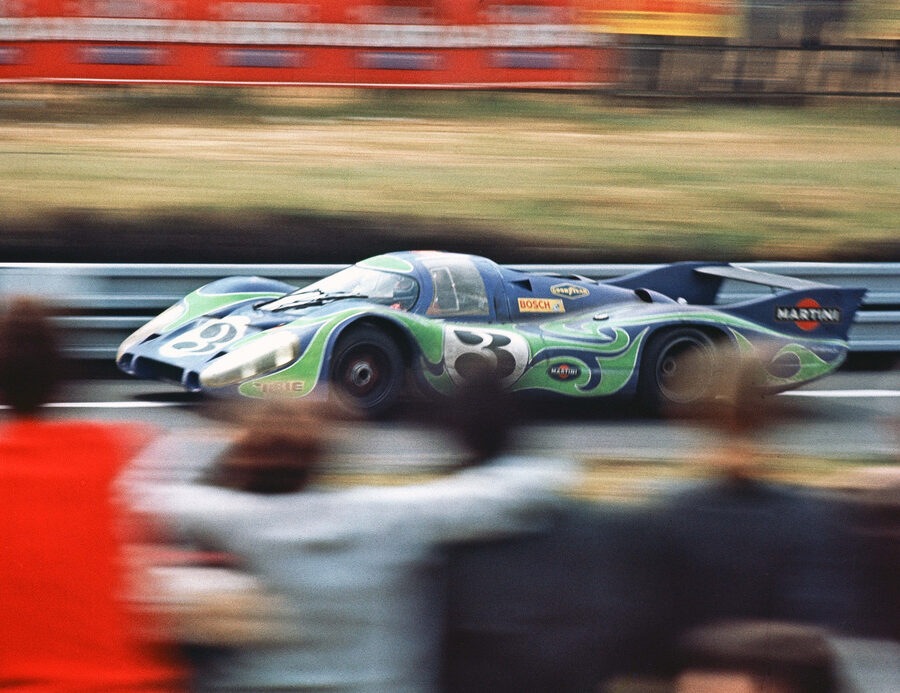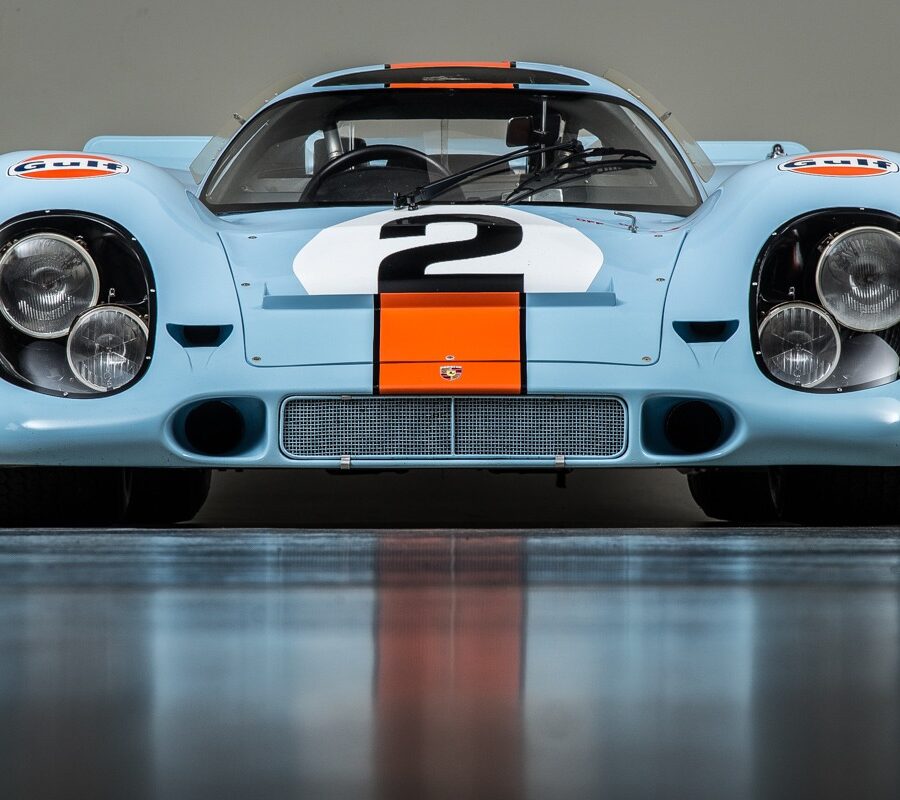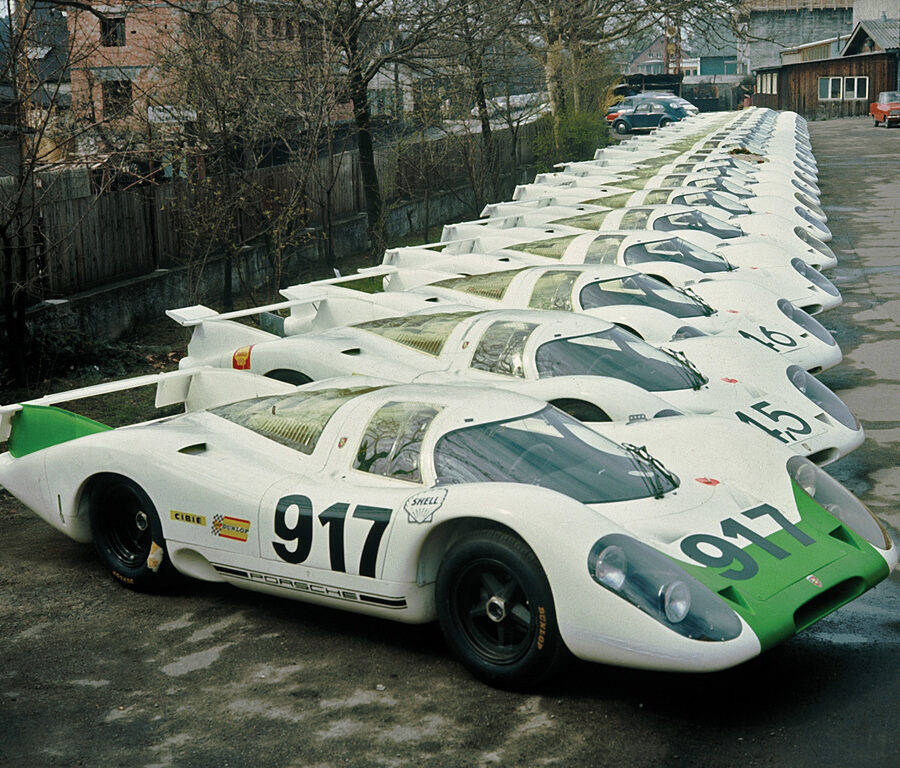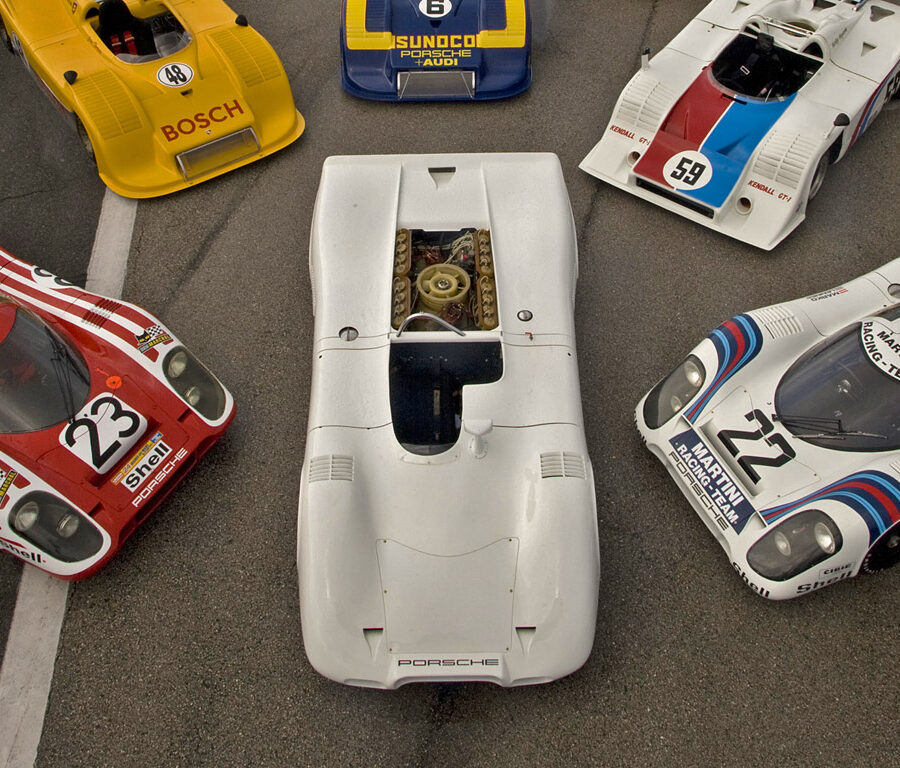Porsche 917/20 Turbo (1973 – 1974)
The 917/20 Turbo is a confusing car - its chassis number reads 917/30-001, but it is not the real 917/30
Porsche 917/30 Spyder (1972 – 1973)
The Car That Killed Can-Am
Porsche 917/10 Turbo (1972)
The first turbo-Porsche, Can-Am winner 1972, Interserie winner 1972, 1973
Porsche 917/10-72 (1972)
The 1972 917/10 was similar to the 908/03, but had the 12-cylinder engine instead of the 3-litre flat-8.
Porsche 917/10-71 (1971)
Only two 917/10 were created in 1971.
Porsche 917/20 Le Mans (1971)
The Pink Pig
Porsche 917 K-71 (1971)
For the 1971 Season, the 917 Kurzheck Coupé (917K) was upgraded in several ways
Porsche 917 LH-71 (1971)
Like the 917 LH of 1969 and 1970, the 1971 version was also made for one race only - the 24 hours of Le Mans.
Porsche 917 K-70 (1970)
The 917 Kurzheck Coupé (917K) first appeared in 1970. A winner from day one.
Porsche 917 ‘Interserie Spyder’ (1969 – 1970)
Of all the 917 variants, the ‘Interserie Spyder’ was one of the most successful. It won the Interserie championship outright for two years in a row before the model was replaced by the 917/10 of 1972
Porsche 917 K-69 (1969)
The short tail 917 K ("Kurz" in German for short) was raced first. The only engine available in 1969 was the 4.5-litre flat 12.
Porsche 917 LH-69 (1969)
For the 1969 racing season the absolutely new Porsche 917 with 4.5-litre 12-cylinder engine was created.


